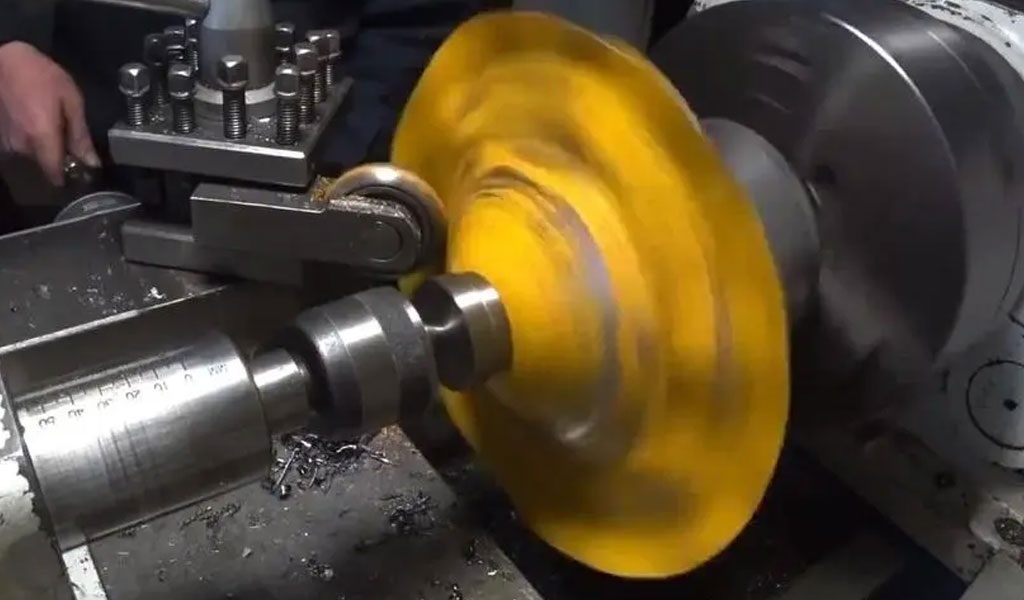Lathe processing is a relatively common processing method in metal processing. Although metal spinning can be done manually, it is quite common in industrial and personal machine workshops to use metal spinning machines such as lathes to achieve metal spinning effects.
Metal spinning uses a rotating metal disk to shape the workpiece by causing the metal to “flow” into a predetermined shape. The process is often used to create round metal parts and products ranging from aerospace components to decorative household items.
Its reliance on rotating metal forming makes metal spinning somewhat similar in principle to lathe metalworking. However, unlike lathe machining, metal spinning relies on mandrels that complement the internal curvature of the workpiece, rather than the clamping devices needed to hold metal blanks in place. Despite these differences, there are many lathes that can be installed to perform metal spinning operations.
It is important to note that the lathe manufacturer should be consulted before changing machine settings, and a trained professional with lathe and metal spinning skills is required to ensure safe and efficient production.
In its basic process, metal spinning is centered on a metal workpiece or blank, sandwiched between a rotating mandrel and a spindle tool. As the mechanism rotates these parts, the rotating rollers press against the workpiece using manual or automatic control.
The workpiece is then positioned on the mandrel, which shapes the metal into the desired design through a series of axial strokes transmitted by rotation. This process may alter the material thickness of the workpiece, and due to its unique method, the metal may “flow” into shape as if it were malleable and soft.
Metal spinning usually results in parts that are symmetrical and have a circular cross-section, although these parts are often cut and reassembled into new products. The diameter of the final component is usually smaller than that of the blank workpiece, but has a similar surface area.
While it was once limited to softer metals and short-term production runs, such as prototyping, current methods of metal spinning(metal spinning aluminum,stainless steel,copper) can produce highly durable materials in high volumes. Likewise, size constraints become less of a concern.
The metal spinning process can now create parts tens of feet long and up to three inches thick, depending on the metal.
